Turkish author Orhan Pamuk offers Chinese readers an online tour of his museum, Fang Aiqing reports.
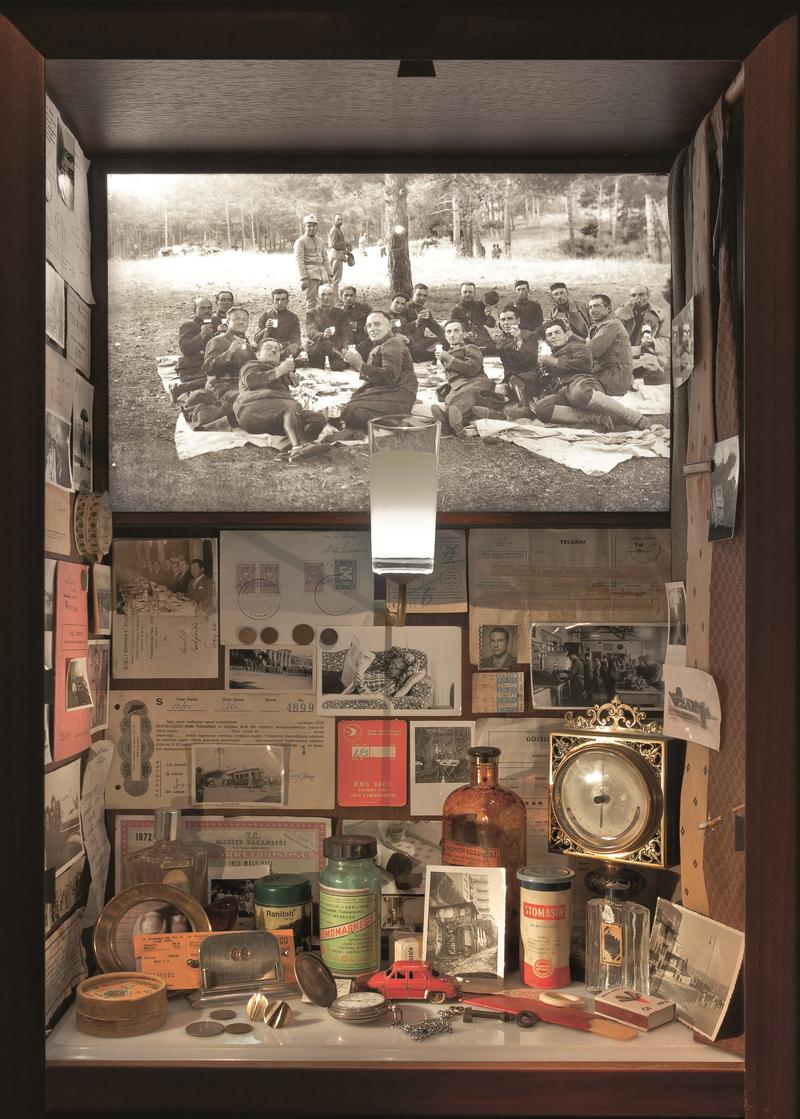 The museum's exhibits correspond to his novel of the same name. (PHOTO PROVIDED TO CHINA DAILY)
The museum's exhibits correspond to his novel of the same name. (PHOTO PROVIDED TO CHINA DAILY)
"I want to tell everyone, please take your children to museums. Maybe they will be bored in their childhood, but in the end that may make them museum lovers." Turkish Nobel laureate Orhan Pamuk encouraged more museum visits on May 18, International Museum Day, when guiding an online tour of the Museum of Innocence in Cukurcuma, a historical neighborhood in Istanbul, for Chinese readers.
He introduced how he created the homonymous novel and the museum, the exhibits, and his philosophy of museum and art during the tour, launched in cooperation with the Chinese publisher of 14 of his works, Beijing-based Horizon Books. The video was recorded in advance and released on International Museum Day.
"We hope readers can get to know more about Pamuk's museum philosophy, his unique style and ideas that have been clearly expressed in the video, from his interpretation on literature and museology, to his modest manifesto for museums," says Wang Ling, deputy general manager of Horizon Books. She was one of the editors of The Museum of Innocence when the novel was first published in Chinese in 2010.
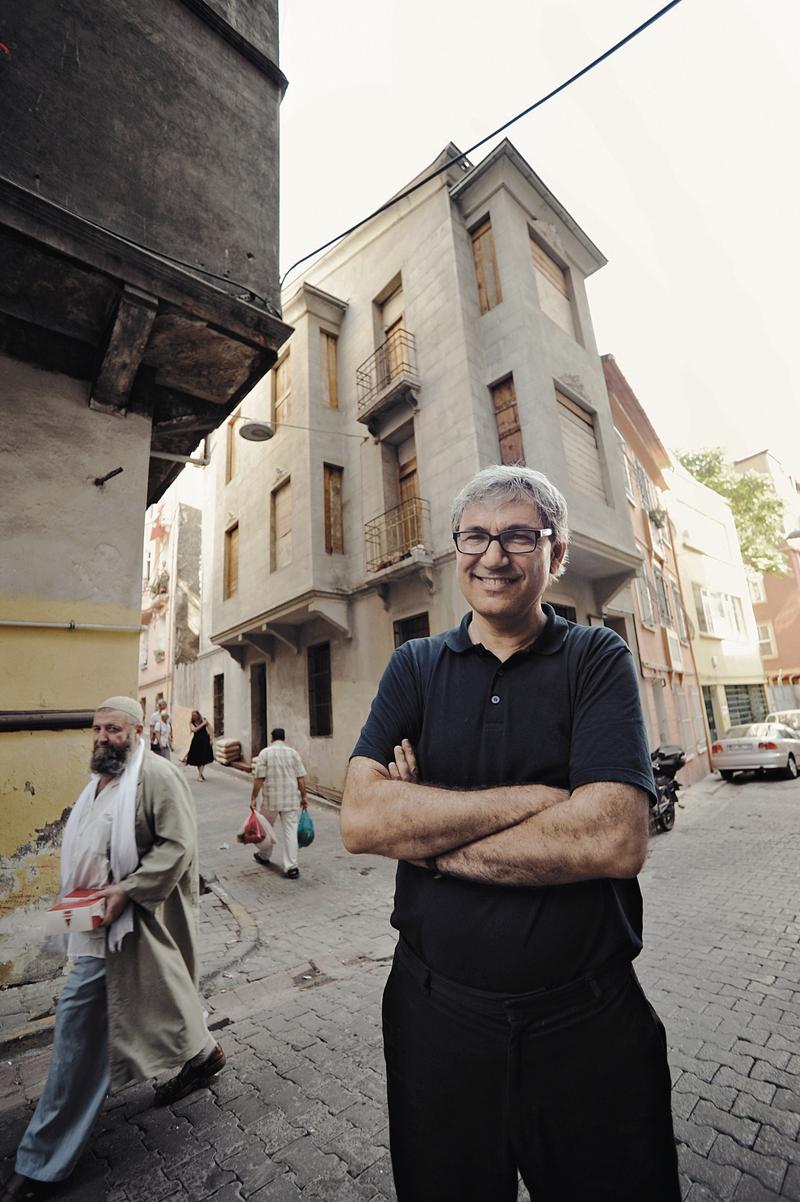 Turkish Nobel laureate Orhan Pamuk, who established the Museum of Innocence in Istanbul in 2012, gives Chinese readers an online tour of his museum earlier this month. (PHOTO PROVIDED TO CHINA DAILY)
Turkish Nobel laureate Orhan Pamuk, who established the Museum of Innocence in Istanbul in 2012, gives Chinese readers an online tour of his museum earlier this month. (PHOTO PROVIDED TO CHINA DAILY)
This year marks the 10th anniversary of the museum. More than a quarter of a million people have visited in the past decade and although there was a drop due to the COVID-19 pandemic, visitor numbers will hit a record this year, according to Pamuk. Some readers come with the novel in hand, as there's a free ticket in each copy.
The Museum of Innocence was published in 2008, the first full-length novel after Pamuk won the Nobel Prize in Literature in 2006. He's the first Turkish author to get the award.
The novel tells a love story, set through the 1970s to the beginning of the 21st century, between 30-year-old rich man Kemal, who was engaged to Sibel from a noble family but fell in love with a poor, remote relative of his, Fusun, who was 18 years old.
They were together shortly. But when Kemal finally broke off the engagement, Fusun disappeared. When they met again around one year later, Fusun was married.
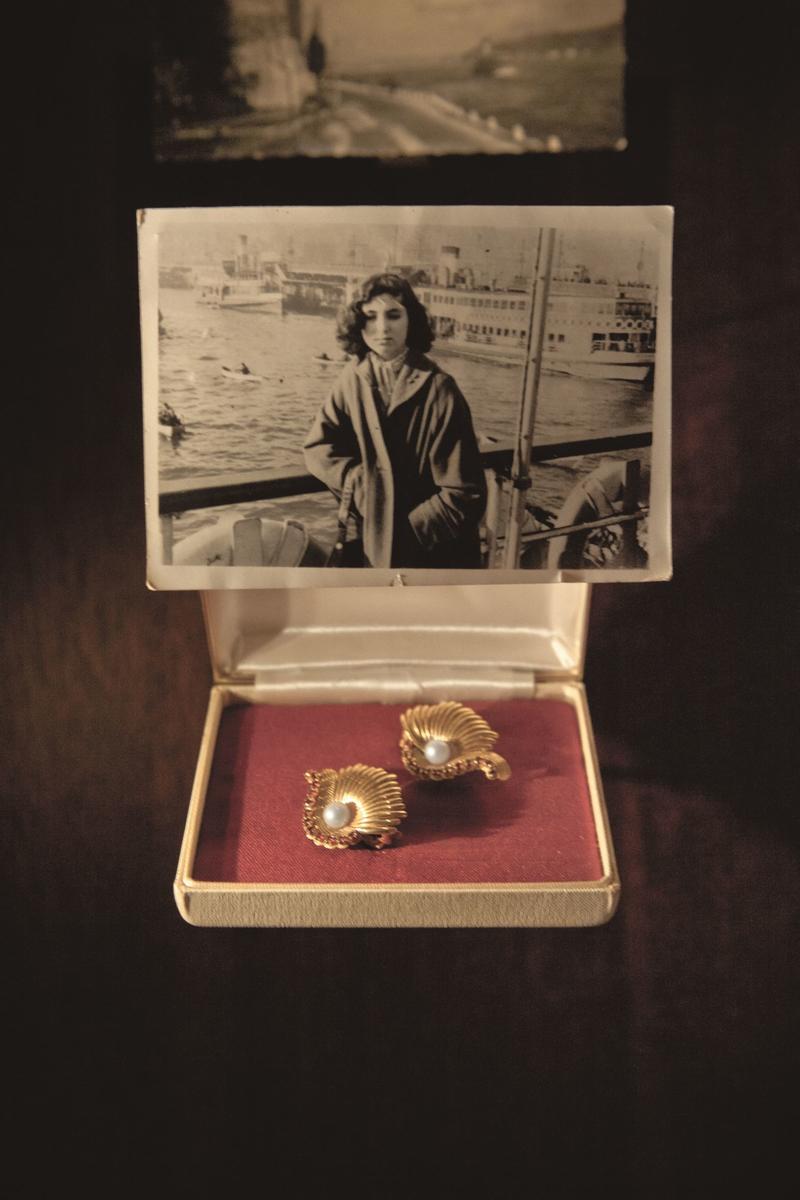 The museum's exhibits correspond to his novel of the same name. (PHOTO PROVIDED TO CHINA DAILY)
The museum's exhibits correspond to his novel of the same name. (PHOTO PROVIDED TO CHINA DAILY)
Kemal then stopped by at Fusun's home frequently over the next eight years, staying until late at night, and collected objects Fusun liked or even just touched, including 4,213 cigarette butts, and displayed them in a small museum he created called the Museum of Innocence.
The novel touches the obsessiveness of intimacy and human nature, social and political issues of Turkey in a transition period, and, intended or unintended, the social pressure on women squeezed in the overlap of tradition and modernity. Despite that, the novel was written in two men's narrations.
"I conceived it in my mind together, the museum and the novel. It's not that I created a successful novel and decided to make the museum," Pamuk says, adding that the novel, together with another derived book called The Innocence of Objects, operates as a catalogue of the museum.
"The museum is not an illustration of the novel, neither the novel an explanation of the museum."
He concludes that the museum and the novel intertwine, shadow and complement each other while having different logics: the museum would not help visitors understand the novel, but present the visual world of the characters.
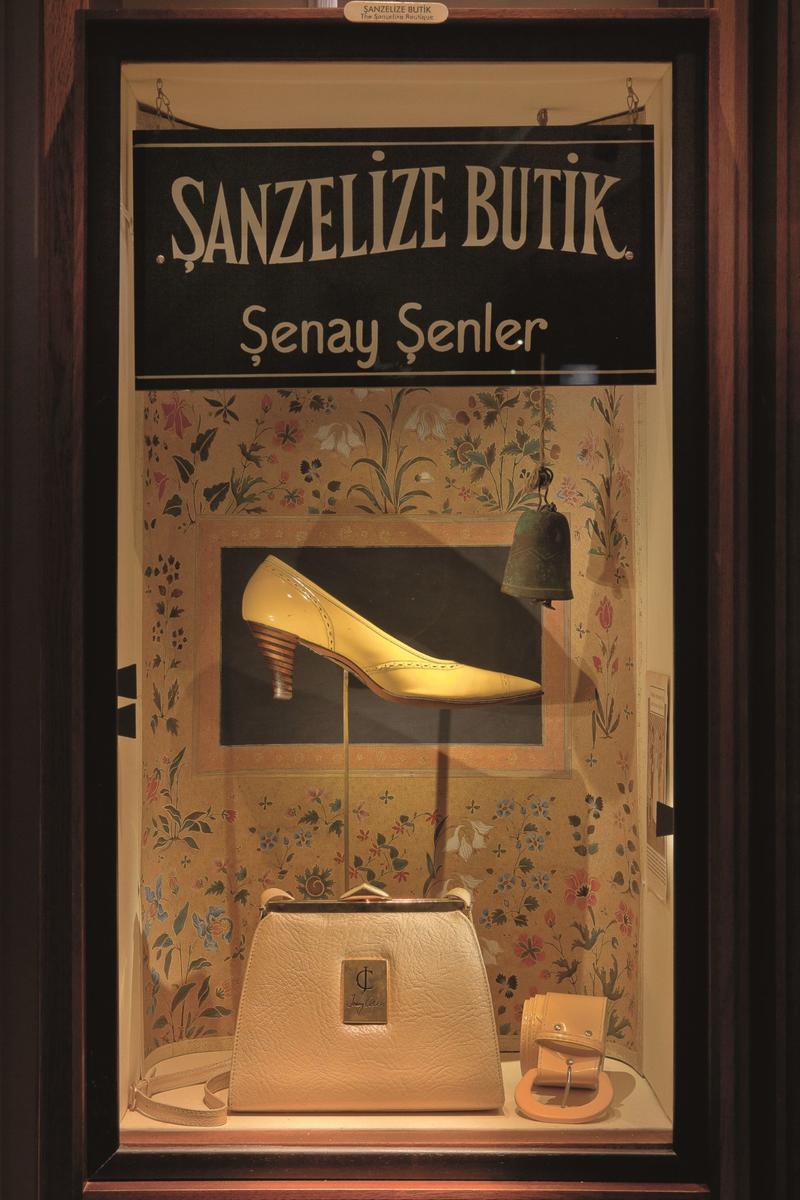 The museum's exhibits correspond to his novel of the same name. (PHOTO PROVIDED TO CHINA DAILY)
The museum's exhibits correspond to his novel of the same name. (PHOTO PROVIDED TO CHINA DAILY)
The novel has 83 chapters, and the museum was supposed to have 83 vitrines, or boxes as Pamuk puts it. There are about 60 of them on show, though, from ornaments, handkerchief, cologne bottles to saltshakers, a box of cards and ashtrays. Pamuk numbered them according to the chapters in which they appear in the novel. It took the author more than eight years to think, develop and implement the idea of the museum. He collected the objects from his family, or flea markets. Some of them are ready-made fakes. He also commissioned Turkish contemporary artists and sculptors to make objects that fit into the story.
Like Kemal in the novel, Pamuk has visited museums around the world, taking photographs and paying attention to details, in order to figure out how to run this museum. He put some of the Nobel Prize money into the museum program and was worried about the cost, but he's happy now that he's not putting any money from his own pocket. Replicas of these boxes have been on tour of many countries.
According to Pamuk, he's working on a project to hold the exhibition in several Chinese cities, including Guangzhou, Shanghai and Beijing.
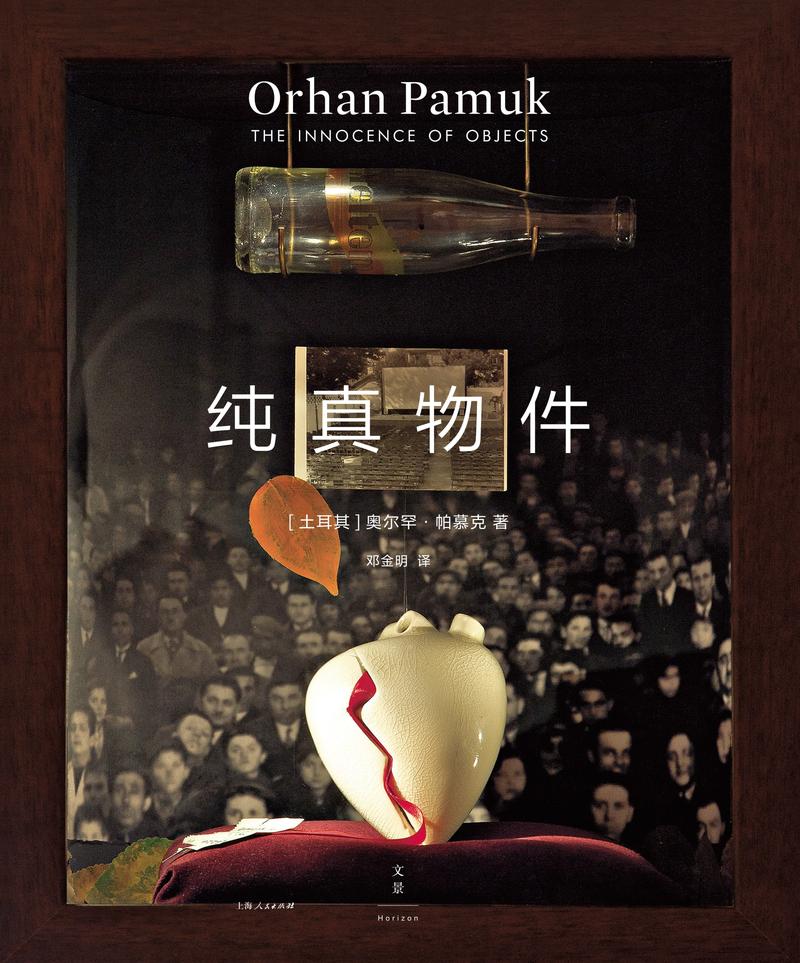 The Chinese versions of Pamuk's books, The Innocence of Objects, and The Museum of Innocence. (PHOTO PROVIDED TO CHINA DAILY)
The Chinese versions of Pamuk's books, The Innocence of Objects, and The Museum of Innocence. (PHOTO PROVIDED TO CHINA DAILY)
He sees it as a city museum that represents the middle, upper-class life of Istanbul in the 1970s and '80s. Changes in Istanbul, his "hometown", have been a consistent theme of his works.
"Time wipes out everything except objects that we associate with what we have lived. Those objects have the power to bring the past to present, and the museums convert time into space."
Pamuk says the space has a sort of mystical quality that provides an aura of being out of this time: "Perhaps I love museums because I'm romantic. I cannot stand the present. The present moment always seems boring and repressive to me. When I go to a museum, wow, my imagination opens up."
He compares having a museum with writing a literary work as both are driven by the desire to preserve the past. He says museums act also as "atriums and forums of humanity".
He calls for future museums to pay more attention to individual vision of life and things-the psychological aspects of the story-rather than focusing on the nations or politics.
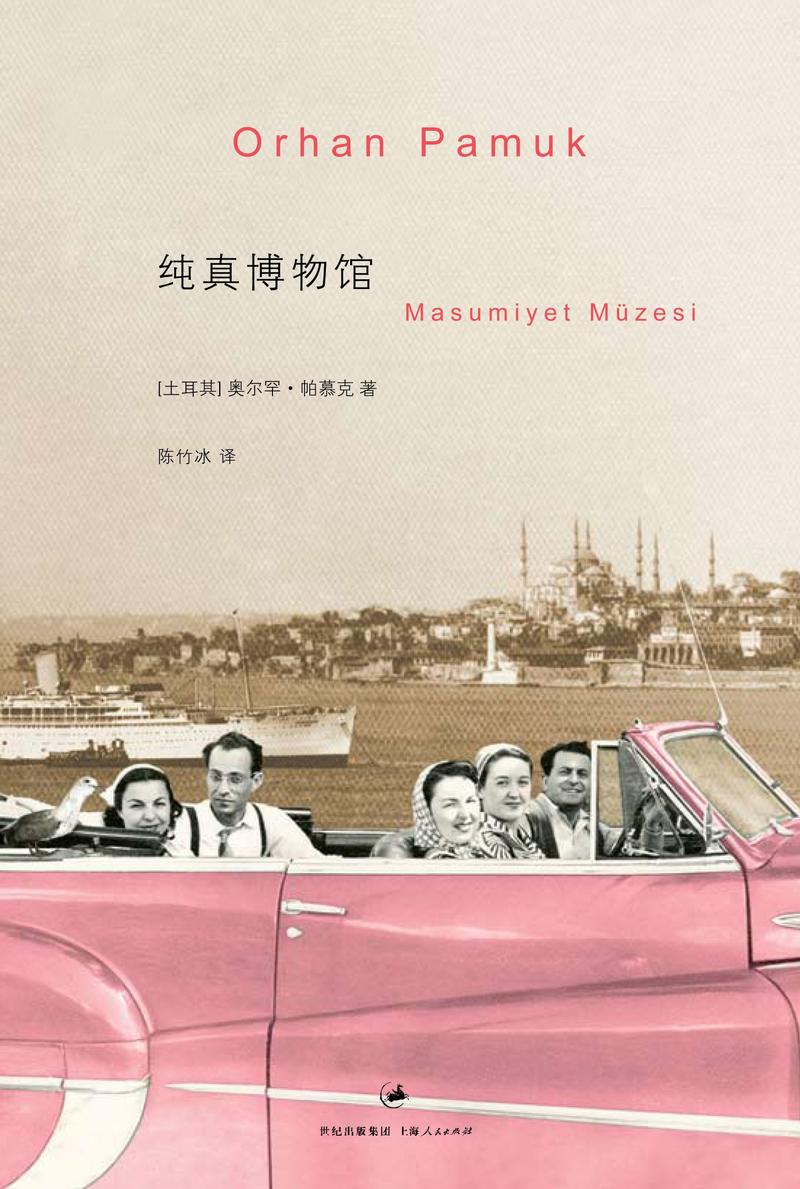 The Chinese versions of Pamuk's books, The Innocence of Objects, and The Museum of Innocence. (PHOTO PROVIDED TO CHINA DAILY)
The Chinese versions of Pamuk's books, The Innocence of Objects, and The Museum of Innocence. (PHOTO PROVIDED TO CHINA DAILY)
Wang says she was touched by a visit to the author and the museum in 2019, so she initiated the online tour. She always remembers the author's kind, persistent and rambling narration in the novel.
"One may find it demotic compared to Pamuk's other works, but the love story brings him more readers. It's very important to open a book and read," she says.
She keeps in touch with Idil Deniz Ergun, director of the museum, since the 2019 visit and the duo planned to launch the online tour during the Chinese publication of The Innocence of Objects last year, but it was suspended. Around two months ago, they resumed the preparation.
"At this epidemic moment, the author's gentleness and patience brings us comfort," Wang says.
According to Wang, the publisher is working on a Chinese version of Pamuk's latest work, Nights of Plague, a historical fiction set in 1901, published in Turkey in March 2021.
Contact the writer at fangaiqing@chinadaily.com.cn


